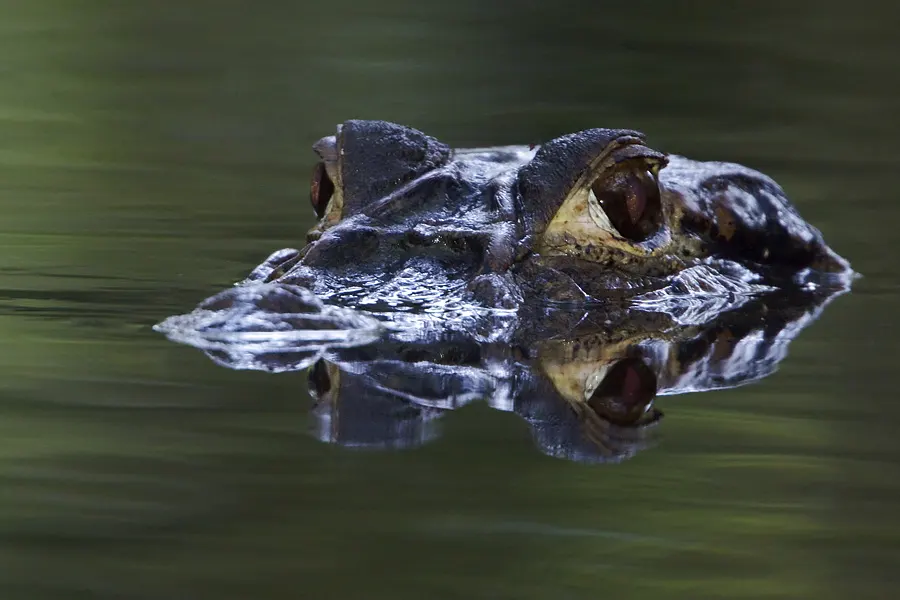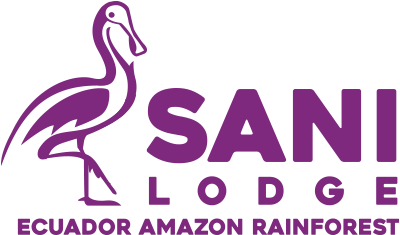Florence came running to the bar, where I was checking in the book some rare birds we had seen in the morning from the observation tower, to tell me that Lucy was talking to her husband. I didn’t know how to react; I just ran out onto the dock where Mike was standing in front of her as if they were conversing.
Communication with other living creatures is not far away in another dimension; some humans talk to trees and different cultures when they enter a forest and ask permission from its inhabitants.
Lucy was communicating her natural history to Mike, mentioning that her origins come from North America and that her ancestors migrated approximately 66 million years ago in the Cretaceous period, known for the massive extinction of the dinosaurs.
«Some difficulties had to be overcome along the way as at that time the connections between North and South America were small island chains that were not a major obstacle to further migrations between the two continents,» Lucy mentions that her family is found in some habitats in South America, Peru, Colombia, and Brazil, but they very much like the Amazon in Ecuador.
Speaking of daily life, she told us that it was difficult this season to take care of her young as many predators were looking for her eggs: rodents, boas, anacondas, coatis, Tegu lizards, and now she has to deal with a large predator of babies, the Cocoi heron, the largest heron in the Amazon.
Her mother laid 45 eggs when she was born, of which only twenty hatched because some of the boas had eaten half. She recalled that when she was little, she ate frogs, mollusks, crustaceans, and insects, but as she grew up, her diet changed to fish to later become opportunistic, including rodents, snakes, anacondas, monkeys, and even once a grey deer.


Her grandmother said that in the 1940s, foreigners came to hunt them because their valuable skin was used to make expensive bags and belts; thus, their population was reduced by 99%, but thanks to ecotourism, they went from almost extinct to vulnerable species of least concern on the IUCN red list.
She likes living in the Sani Lagoon because there is plenty of food in the lagoon as no one fishes or hunts, and her favorite hobby is posing for people to take pictures of. Mention that her best friend is Trole, the barman, who brings her half a chicken to eat when he is not busy. A delicious little snack! she says as she finishes her testimony to Mike and returns to the middle of the lagoon for a quiet swim.
A canoe with new guests approaches with their leader, who explains that the black caimans are the largest in their family; males can measure approximately 6 meters while females 4, that´s why they can weigh 800 pounds and more. One of the guests pointed out that something was moving in the water. There goes Lucy, says the guide.


Comments